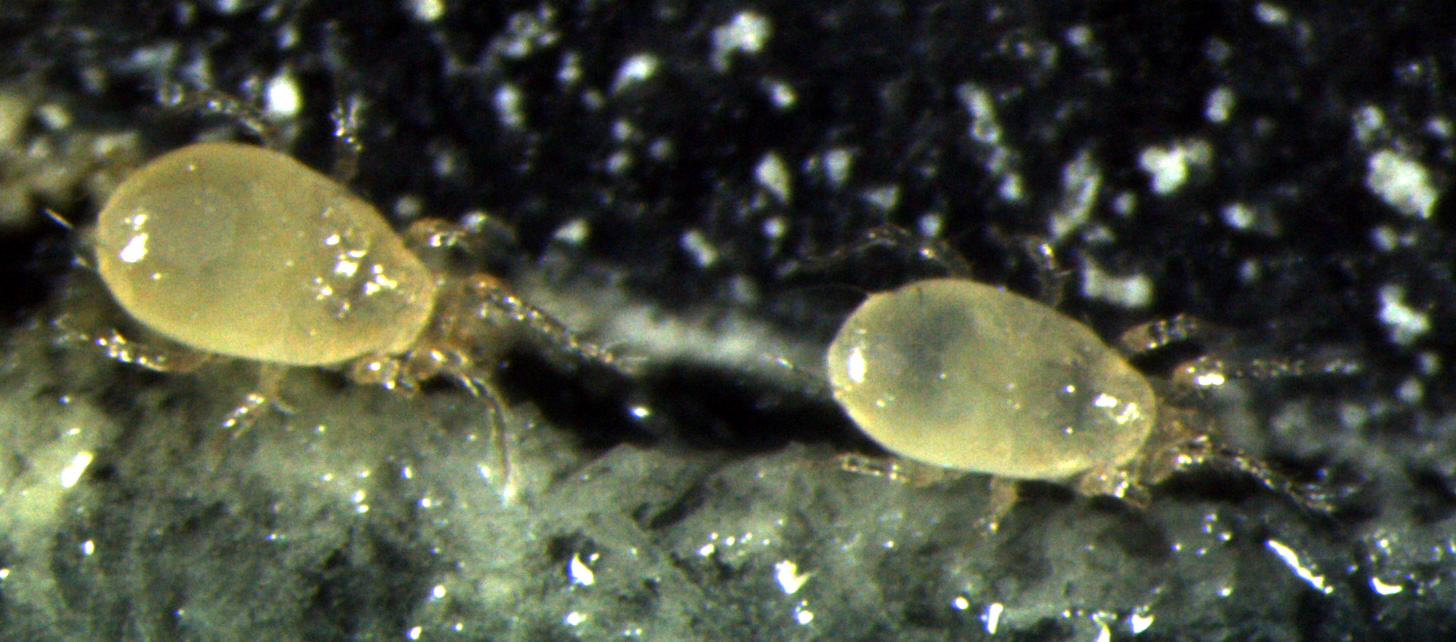Amblyseius swirskii is a predatory mite very effective for controlling thrips and whiteflies and widely used as a key Biological Control Agent in IPM strategies, mainly in protected crops. However, on tomato the performance and survival of this phytoseiid is hindered, most probably due to lack of adaptation to the strong plant defense mechanisms, such as the trichomes and a range of metabolites that might result in an increased toxicity for this species. The aim of the project is to promote and study the adaptation of Amblyseius swirskii to tomato plants: samples of several wild populations will be collected and submitted to artificial selection and experimental evolution to obtain colonies better adapted to tomato. The selected colonies will be characterized in order to identify those traits associated with the improved performance. Last we will characterize the molecular mechanisms of the harmful effect of tomato on A. swirskii and identify genetic markers that are in and/or linked to genes that underpin the adaptation of A. swirskii to tomato plants and quantify the genetic variation therein. Towards this, we plan to use Next-Generation-Sequencing (NGS) data, Quantitative Trait Loci analysis and Genome-Wide-Association analysis.
This research line is carried out in collaboration with researchers from the Instituto Valenciano de Investigaciones Agrarias (IVIA) as part of the BINGO ITN network (please see: www.bingo-itn.eu)
Back to the main topic

